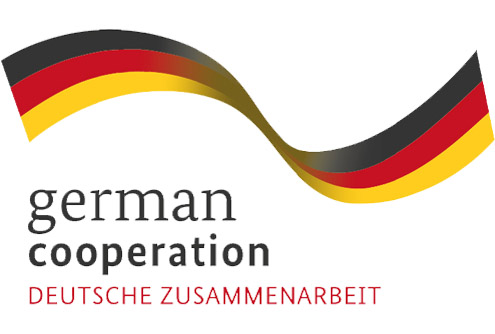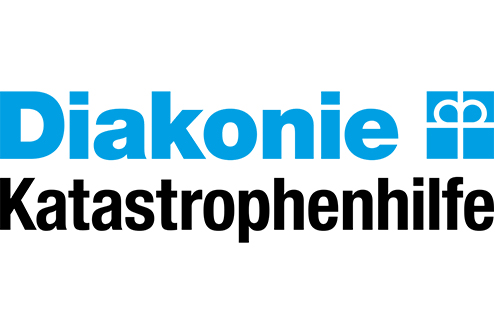Overview
Strengths, weaknesses, opportunities and threats (SWOT) can be analysed to prioritise risks to be addressed in a participatory way.
At the bottom of this page is a downloadable Word template to use.
"*" indicates required fields
Overview
Strengths, weaknesses, opportunities and threats (SWOT) can be analysed to prioritise risks to be addressed in a participatory way.
At the bottom of this page is a downloadable Word template to use.
How to do a SWOT analysis
To complete a SWOT analysis, groups should begin by listing internal strengths and weaknesses. These can be related to their people (social, economic and cultural factors), place (physical environment, ecosystem services factors) and systems (institutions, mechanisms, political/governance factors) context.
It should relate to those who have organised themselves to complete risk-informed development planning, and those taking part (or represented) in the SWOT exercise.
Groups should then list external threats and opportunities. This should be related to the wider environment, or stakeholders and duty bearers who are not directly involved in the emerging process.
Information from other sources, such as knowledge gathered by other tools in the risk-informed development process, can be utilised.
Answers can be presented for everyone to see in a large table such as the one shown on the downloadable template.
Further analysis
To further analyse the results and make strategic decisions on which risks to be addressed as a priority in future actions, ask the following questions:
Answers can be presented for everyone to see in a large table such as the example in the downloadable template.
The information provided can be referred to as the group moves to other stages of the risk-informed development process.
Download this resource
This resource is available to download in Word format:
View the complete Risk-Informed Development Guide
This resource is taken from our Risk-Informed Development Guide, which provides a comprehensive stage-by-stage approach to working with communities most at risk.
View guide
Our Risk-Informed Development Guide was produced as part of our Local Leadership for Global Impact project. The project and all related content was funded by the German Federal Ministry for Economic Cooperation and Development (BMZ). All content is the sole responsibility of GNDR and does not necessarily reflect the views of the BMZ.
Visit their website
Our Local Leadership for Global Impact project is implemented in partnership with Diakonie Katastrophenhilfe.
Visit their website